by Paul Fleischman
“Joyful Noise: Poems for Two Voices” will be a wonderful addition to my library. As I read the poems to myself, I could envision students reading the poems together and laughing at the words, visualizing the insects, and trying to stay in unison on the refrain.
No wonder Paula Fleischman won the Newbery Award for this collection of poems; they are perfectly in tune with children with upbeat messages.
“Joyful Noise:” begins with the dedication page as the author dedicates the poems to Seth, his porch light. Once you read the poem “The Moth’s Serenade”, the dedication makes sense and also makes the reader smile.
The poetry in this collection is intended to be read as a duet from top to bottom until the lines meet horizontally. Then the lines are to be read in unison.” Joyful Noise:” would be an excellent beginning reader’s theater for students. The poems have short lines, easy yet expansive vocabulary, touches of humor, age appropriate subject matter, and are not too lengthy.
The poems could also be used for word study or vocabulary enrichment. For example, in “Mayflies” and “Fireflies”, verbs are emphasized and used in different tenses. Students could identify the verbs and find the root words and ending markers leading to additional discussion and activities.
“Mayflies” “Fireflies”
fevered frenzied glimmering
rushed gleaming
swarming, swerving glowing
rising high flickering
then falling flashing
courting on the wing flitting
Rhyme scheme could be studied with “Book Lice” due to the use of abcb rhyme in the stanzas and abb rhyme in the refrain.
8 Later I lodged in a
9 Scott’s works - volume 50 b
10 While I passed my youth c
11 in an Agatha Christie b
12 We’re book lice a
13 attached b
14 despite contrasting pasts. B
I think my favorite poem in the collection is “Honeybees” which shows diametrically opposing points of view. The worker bee complains of his hard life while the queen bee congratulates herself upon her easy life. In the classroom, this poem could easily be used to compare and contrast the lives of the two bees, which could be a natural lead in to the study of bees or animal life.
Lesson Plans can be found at:
http://www.readwritethink.org/lessons/lesson_view.asp?id=69
Sunday, April 15, 2007
Subscribe to:
Post Comments (Atom)
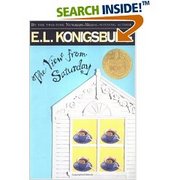

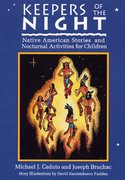



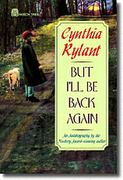

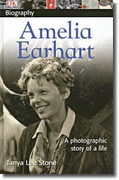

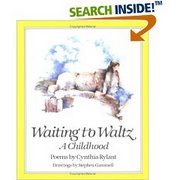

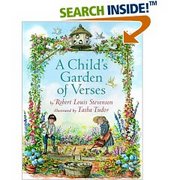
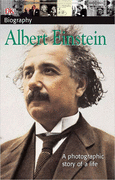
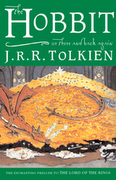
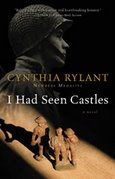
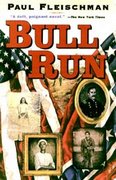
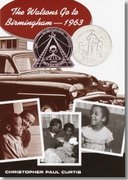
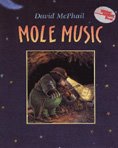
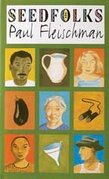


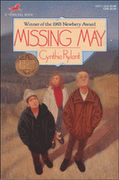
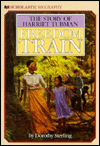
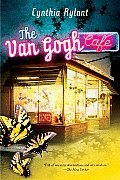
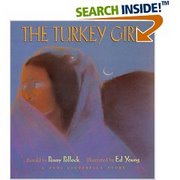

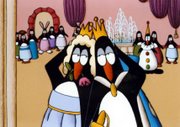

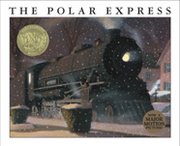
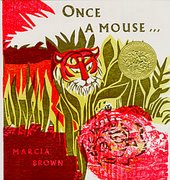
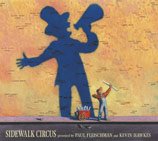
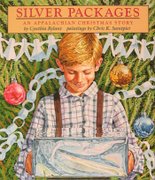
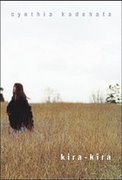

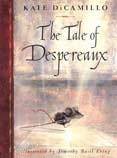
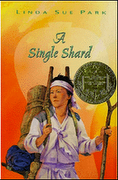
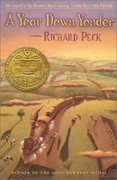


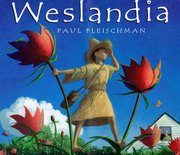

3 comments:
You are so good with poetry! I didn't even think about the patterns. Neither did I really pay attention to the dedication. Having convinced my husband to do it with me, I went straight to the first poem, before he could change his mind. I'm realizing I need to go back through on my own. There is so much I missed!
I wrote the same thing on my blog--great vocabulary study!! Requires some scaffolding from teacher, though!
I agree! What fun it would be listening to the students recite these great poems. Are ytour students interested in peotry? In chapter 9 of DR. Johnson's book it talks about how teachers shy away from teaching poetry because they may not enjoy it very much. I get the sense that you embrace it.
Post a Comment